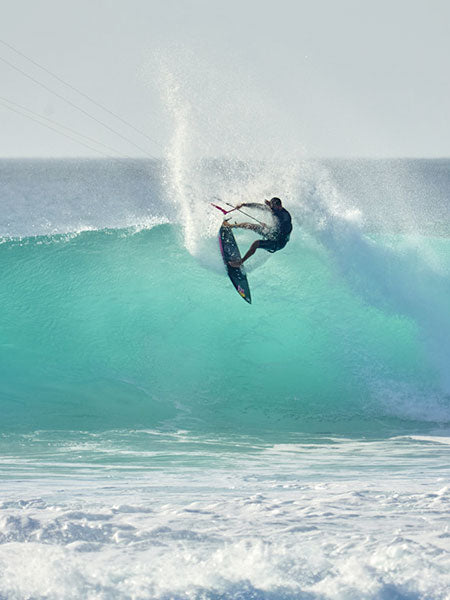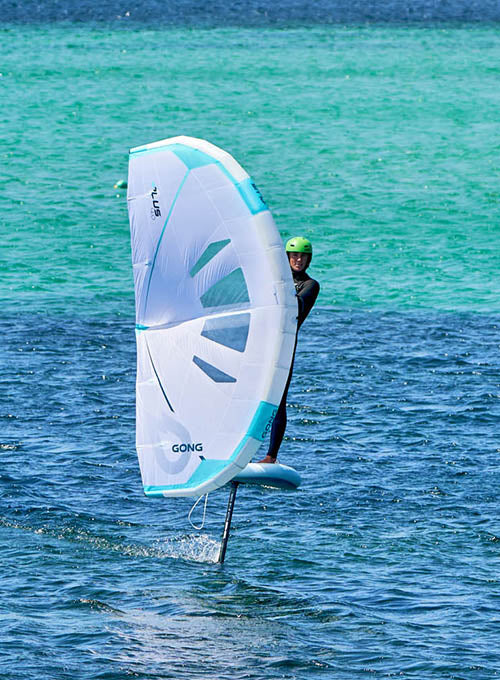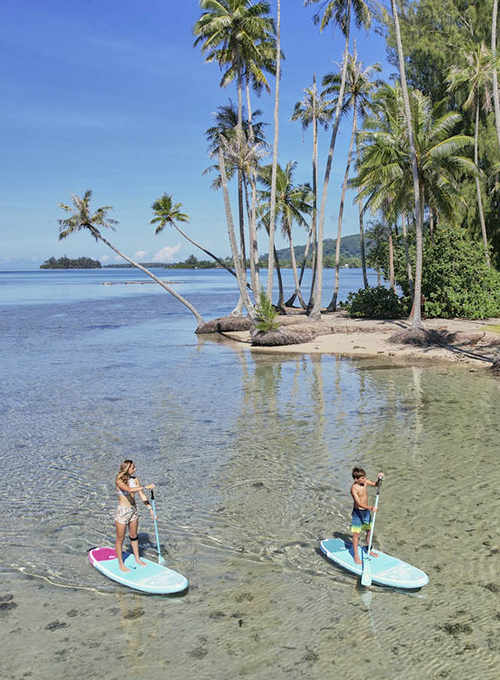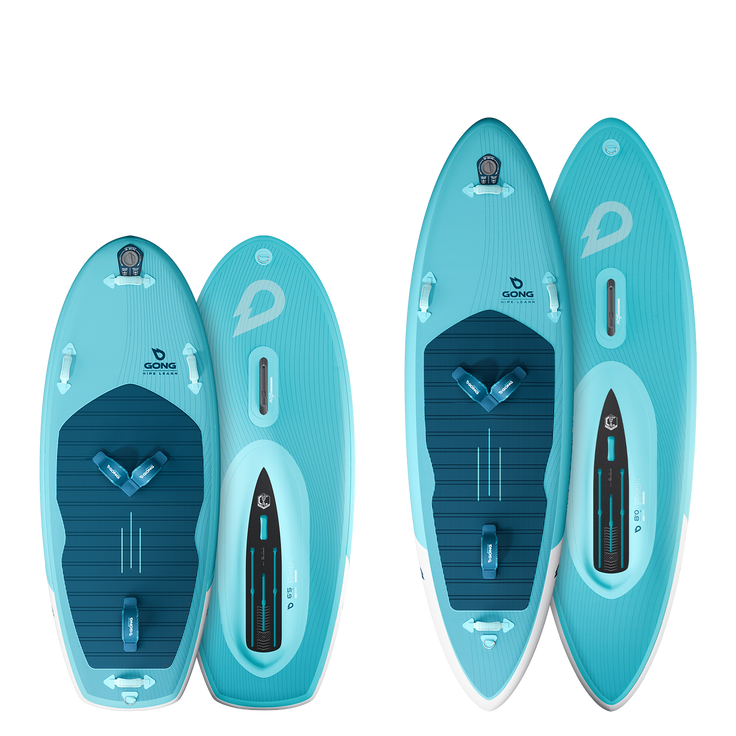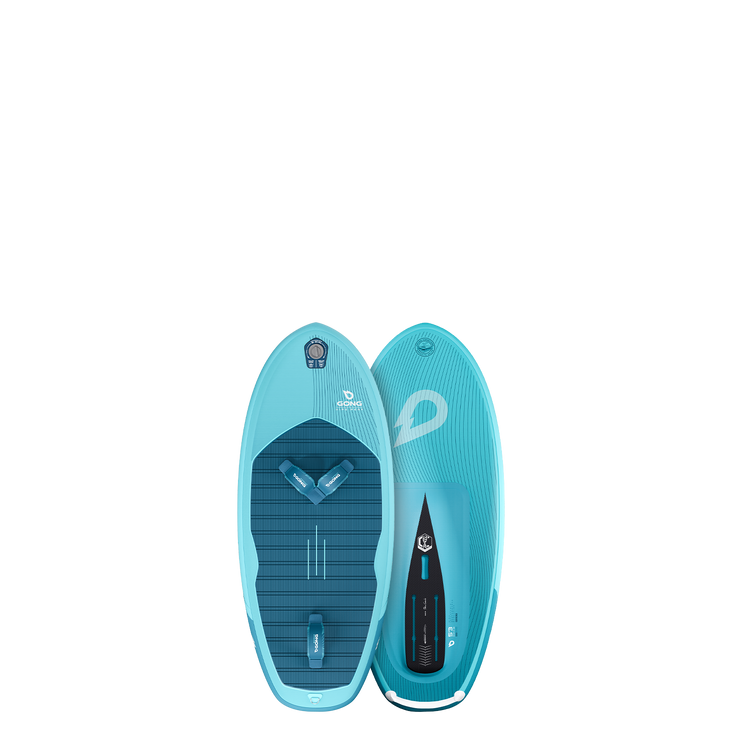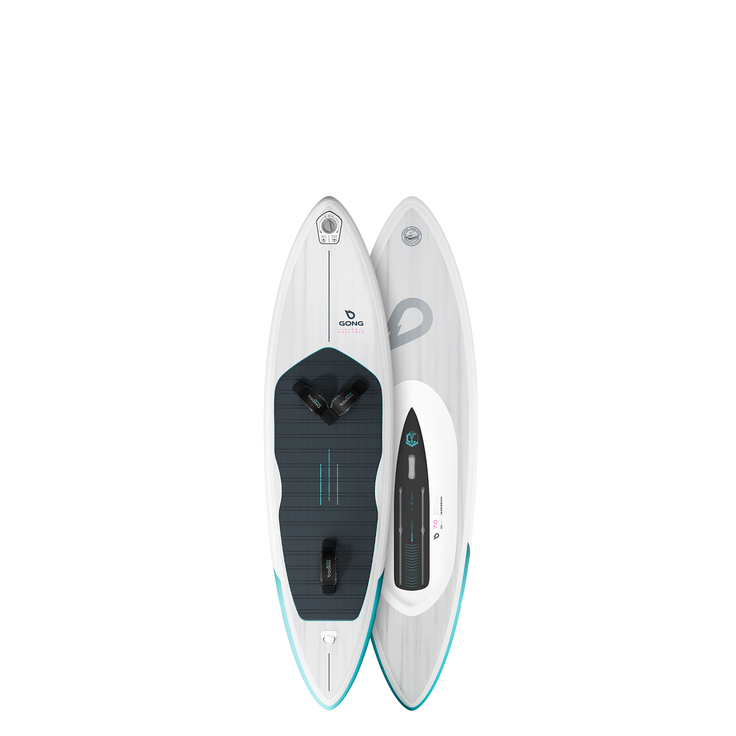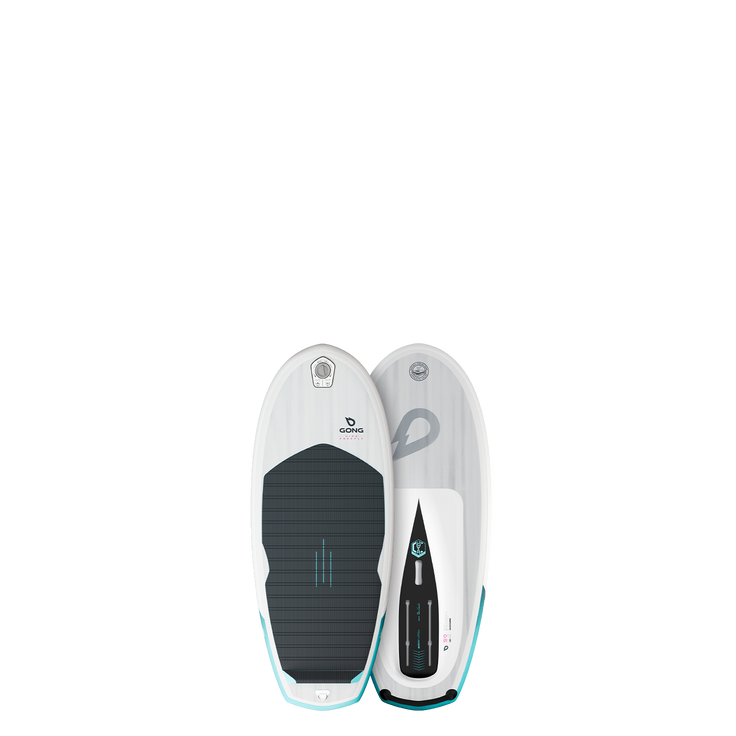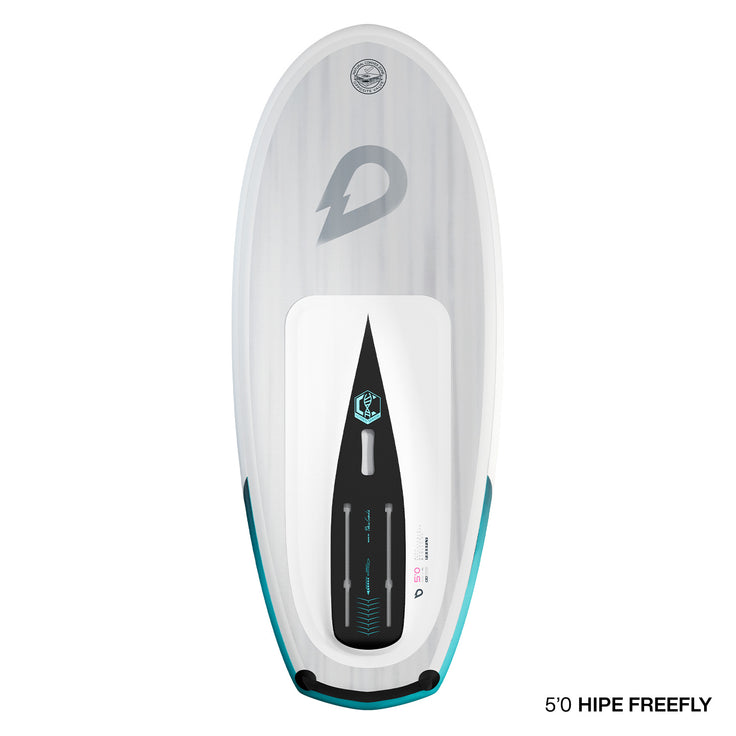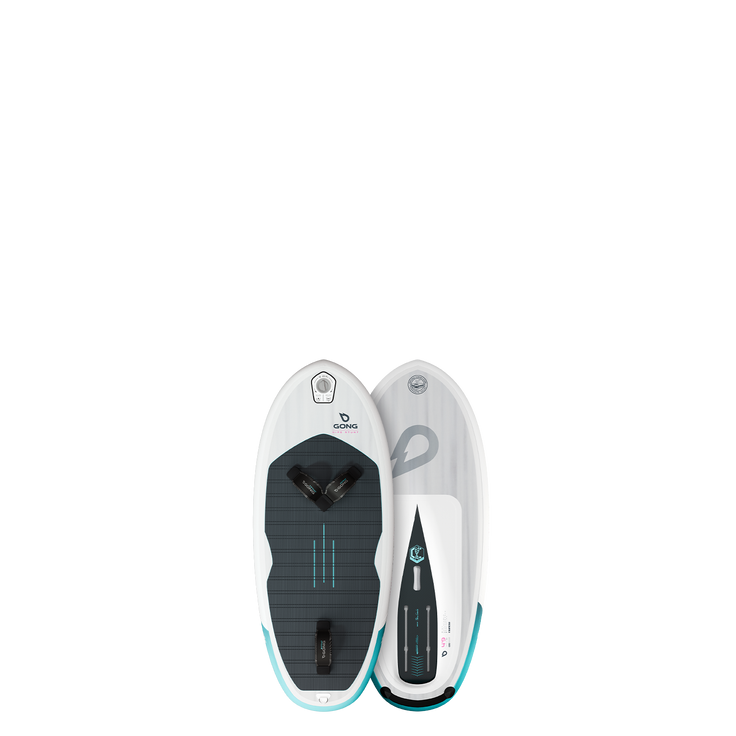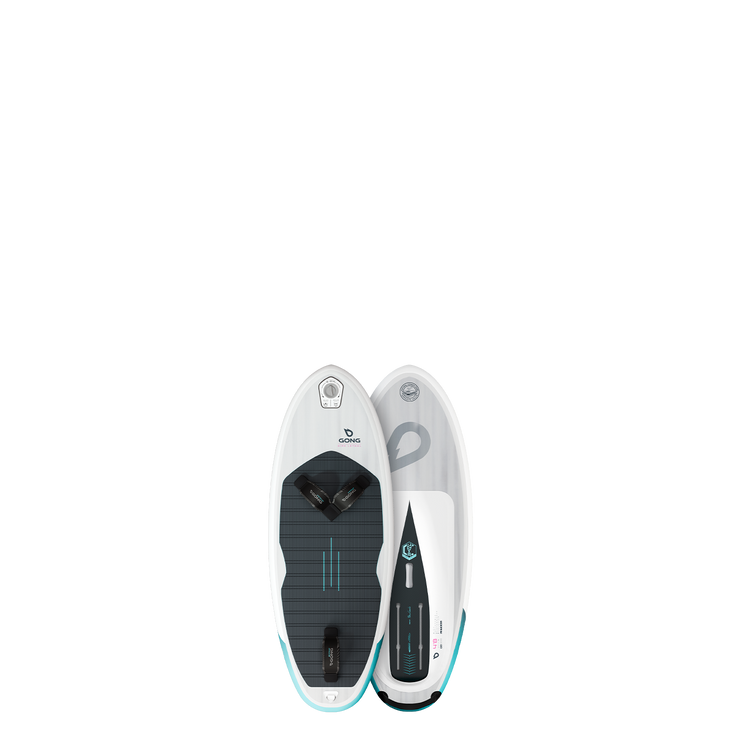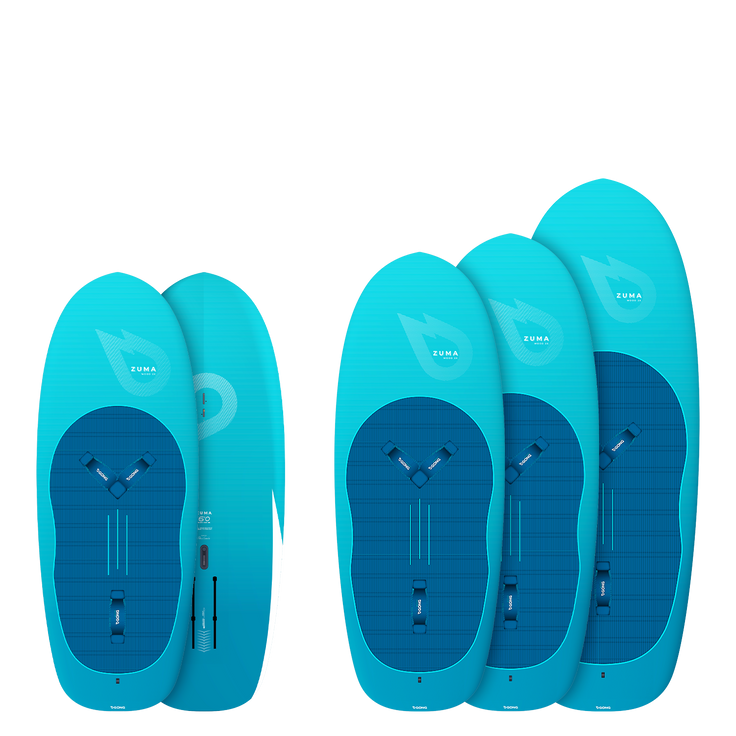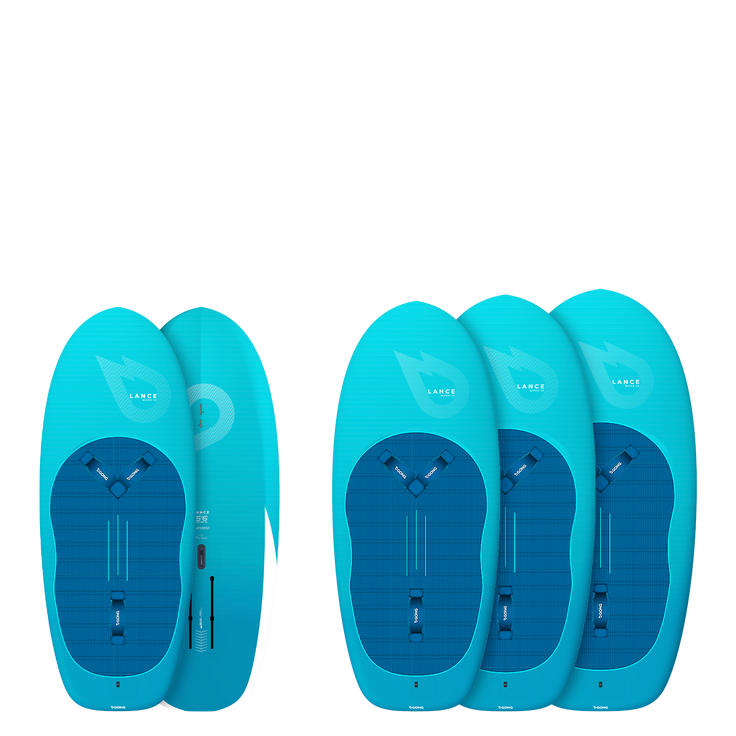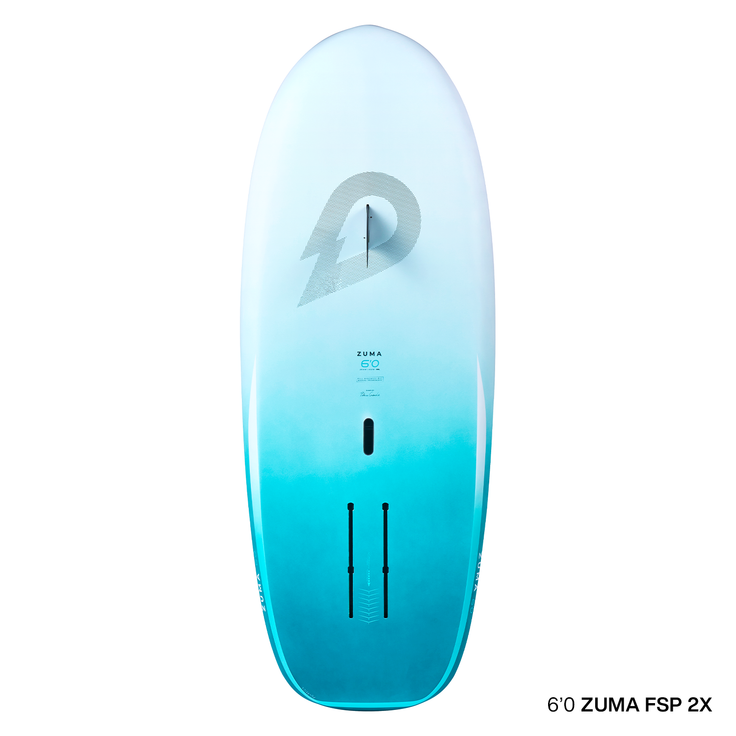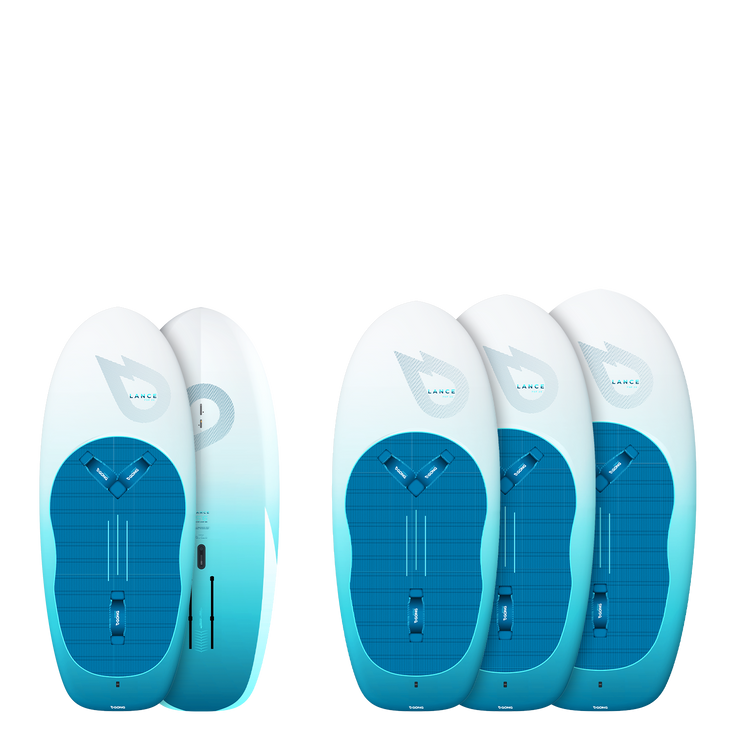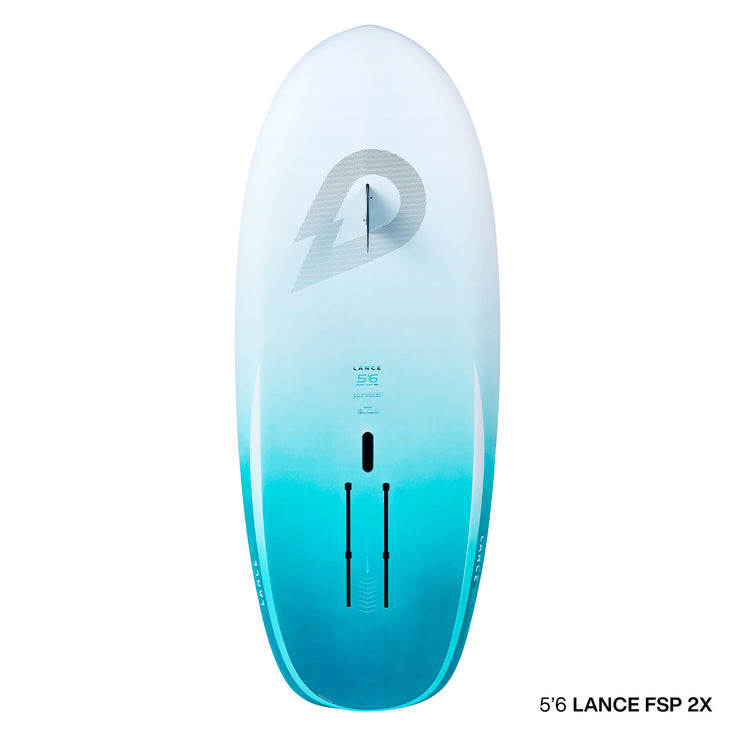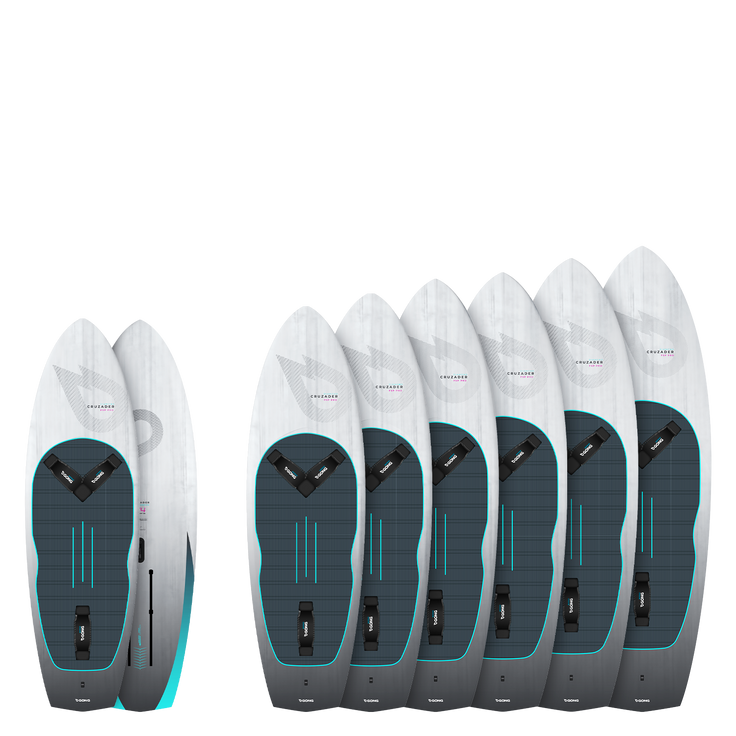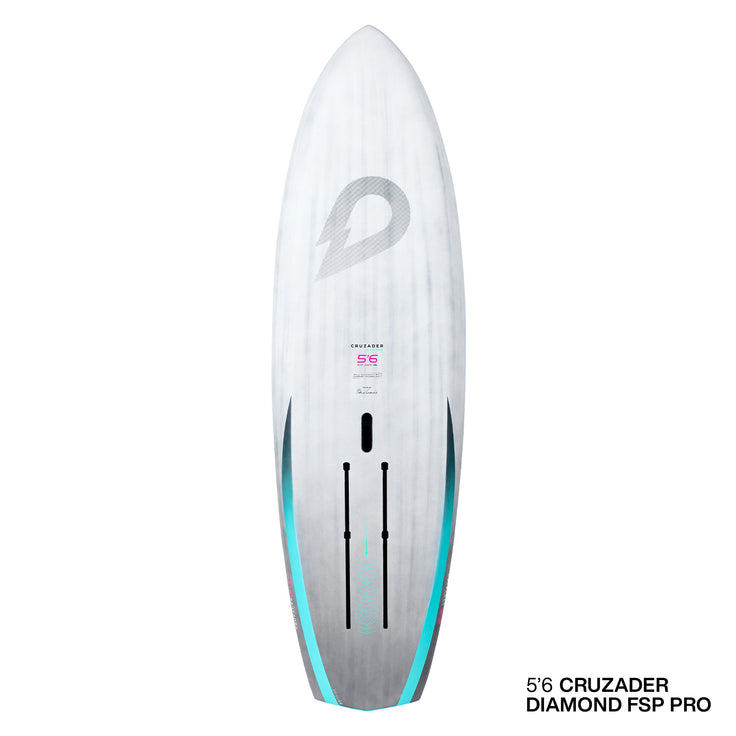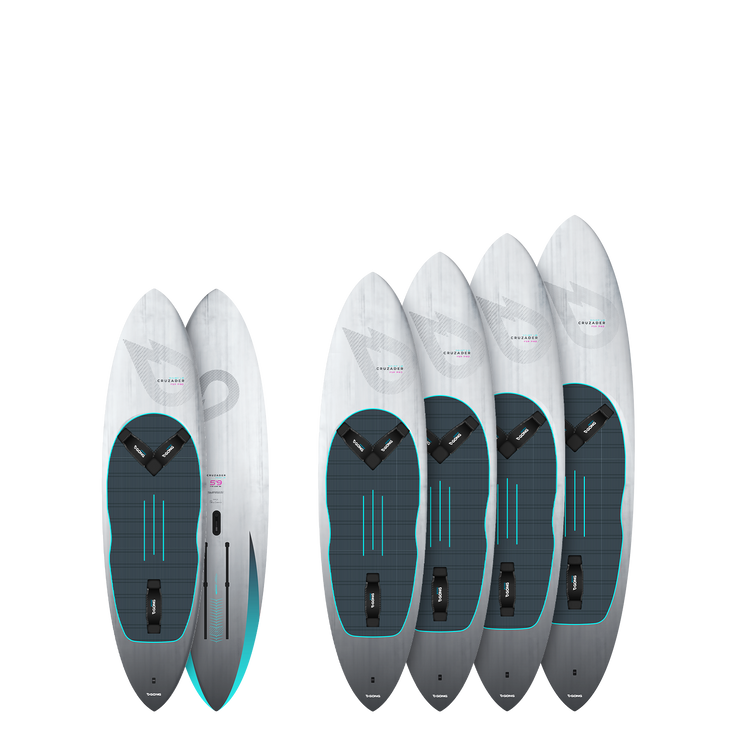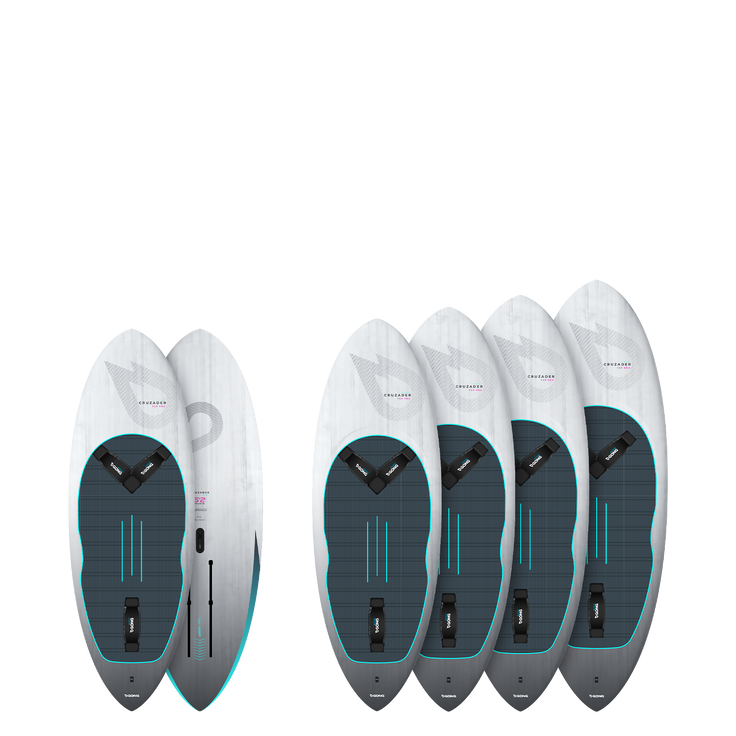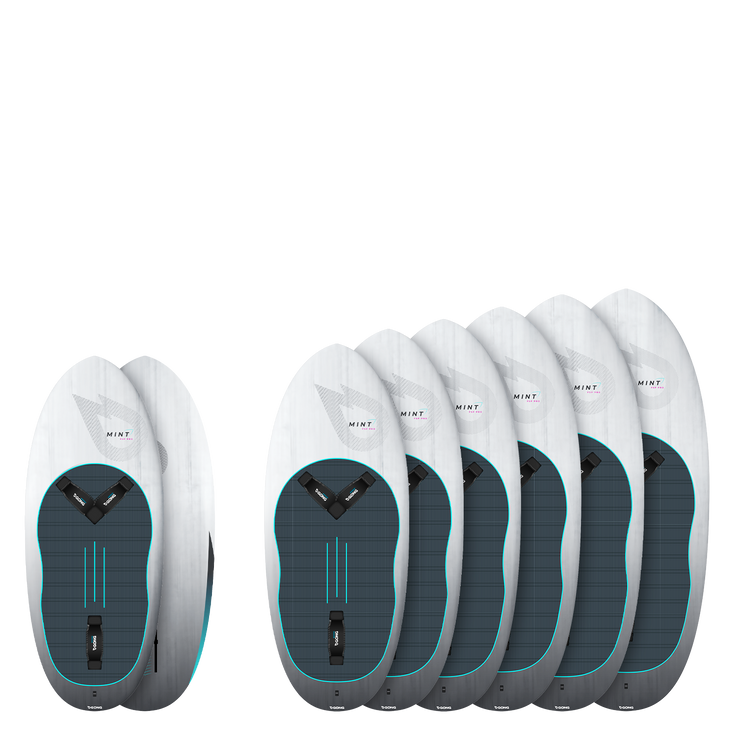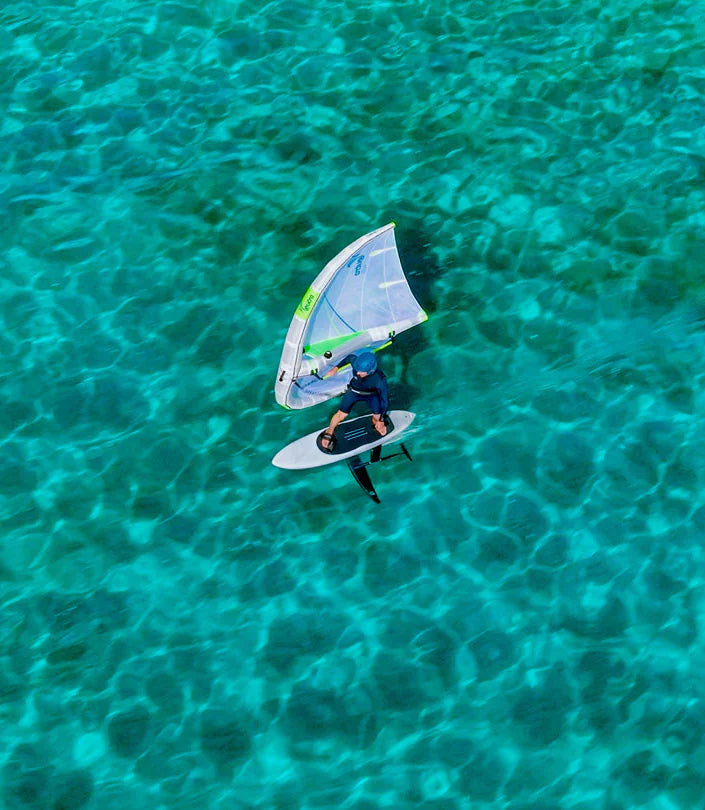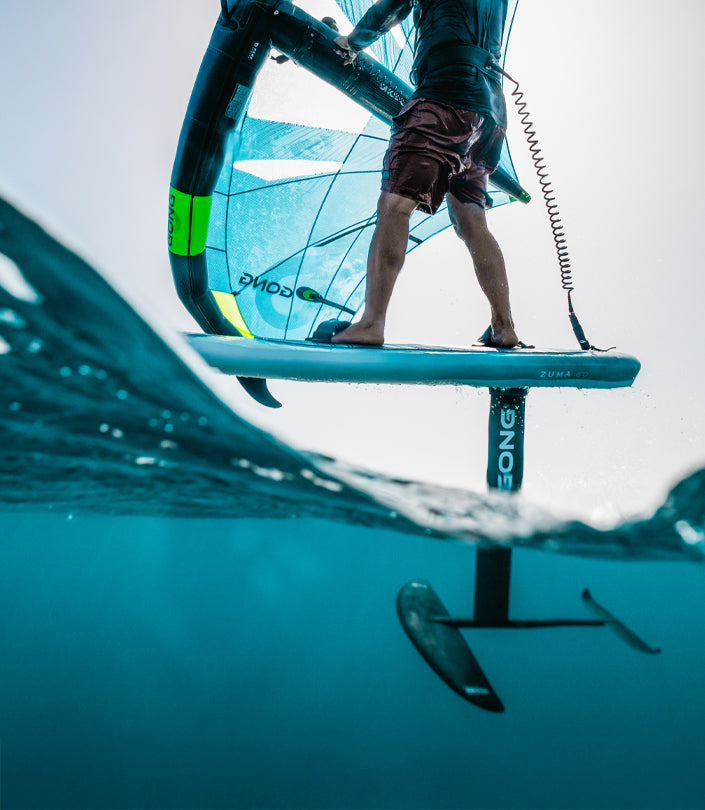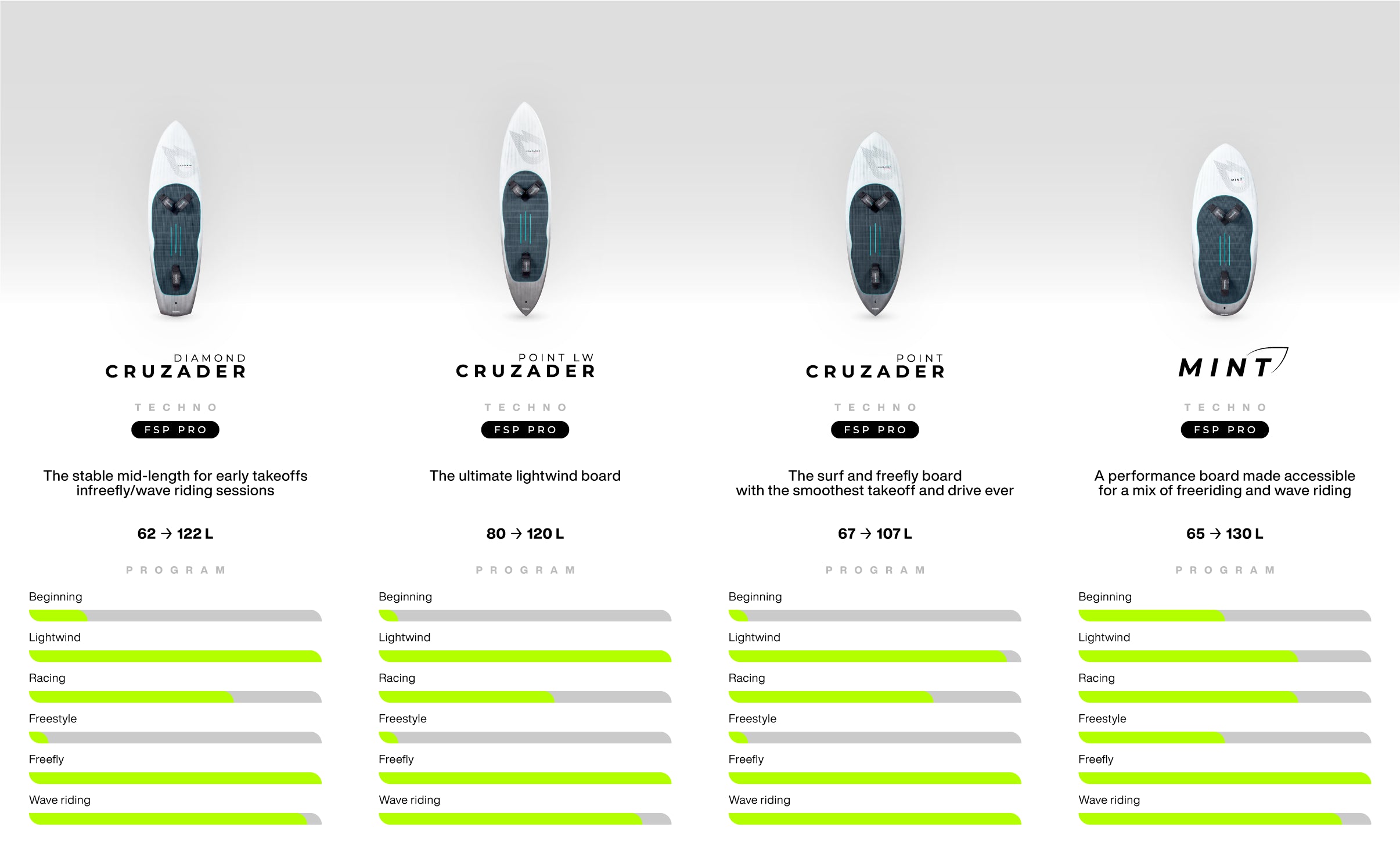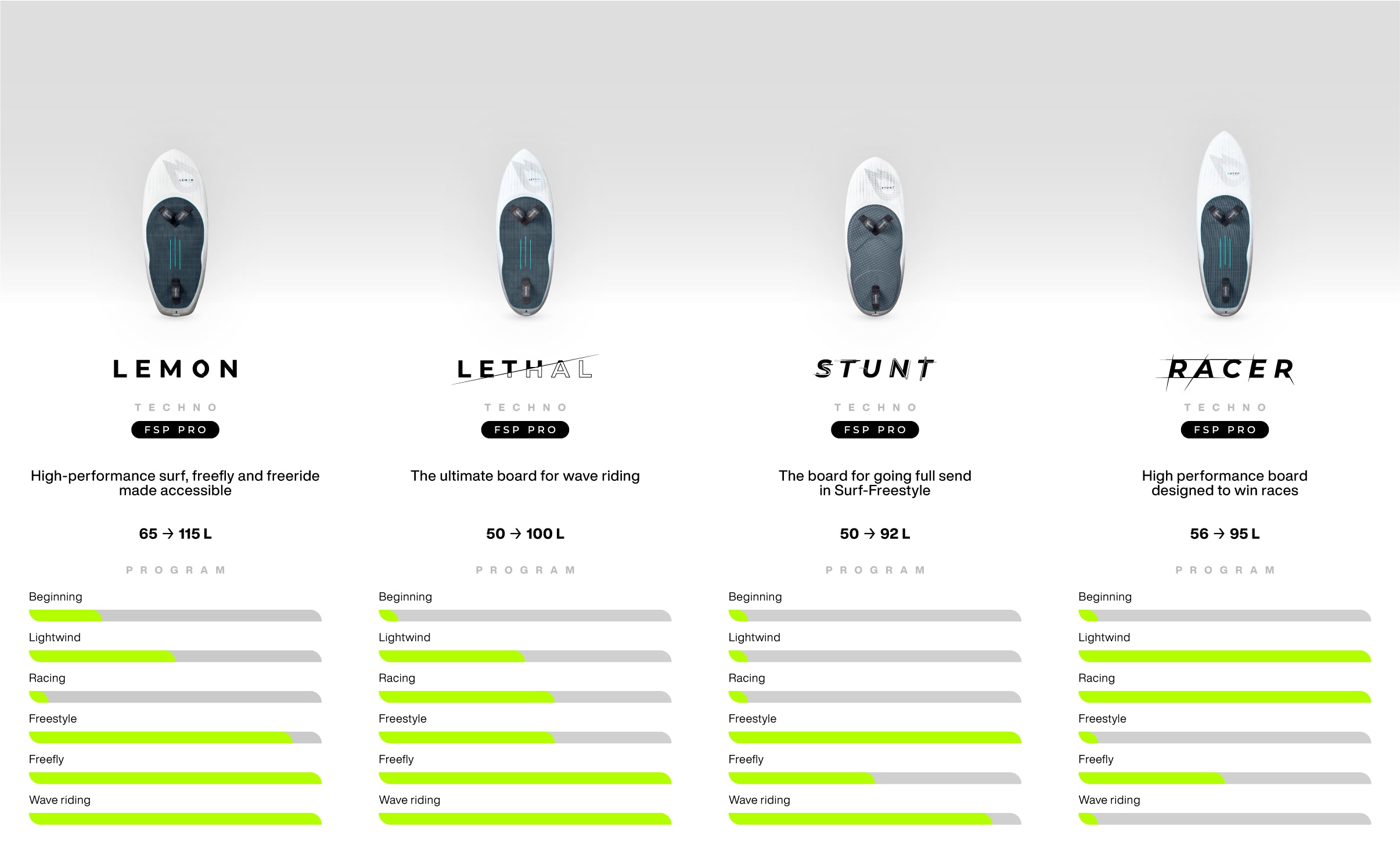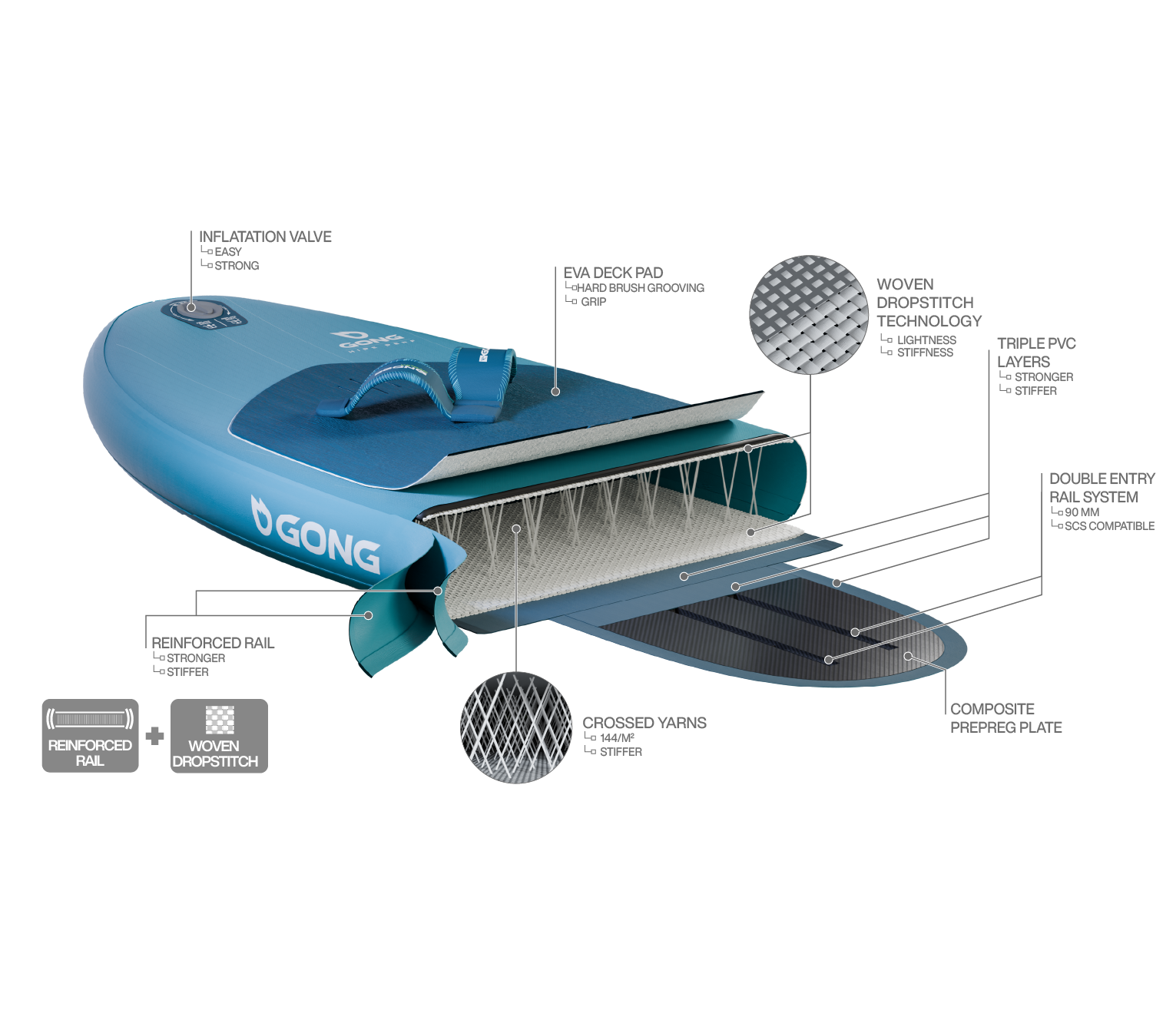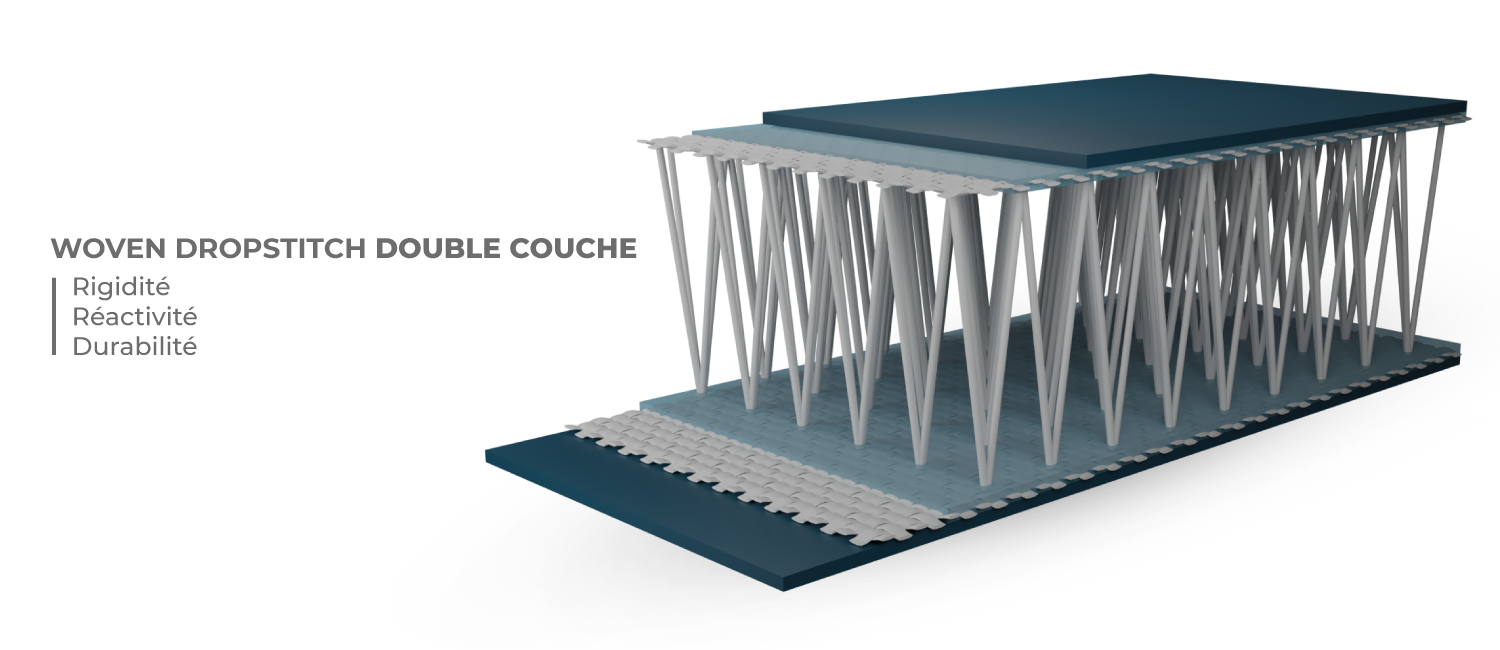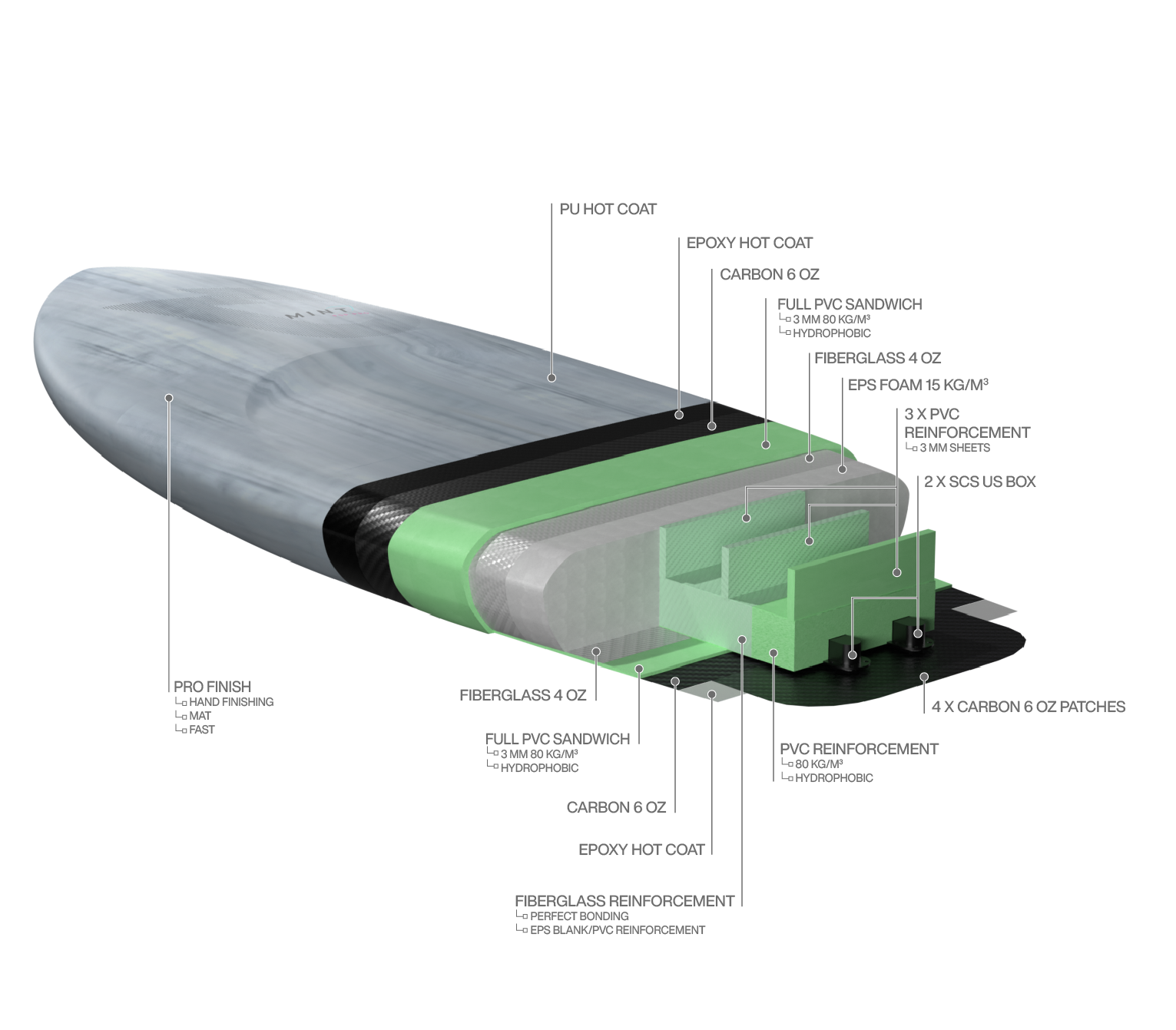heart
heart-full
heart
heart-full
Wing foil Board Inflatable HIPE First
The perfect strapless inflatable foil board to get started!
Regular Price
299€
Sale Price
299€Regular Price
heart
heart-full
heart
heart-full
Wing foil Board Inflatable HIPE Learn
Inflatable wingfoil board for cruising around and learning to fly.
Regular Price
659€
Sale Price
659€Regular Price
heart
heart-full
heart
heart-full
Wing foil Board Inflatable HIPE Perf
The versatile, high-performance inflatable wingfoil board.
Regular Price
579€
Sale Price
579€Regular Price
heart
heart-full
heart
heart-full
Wing foil Board Inflatable HIPE Cruzader
The stunning performance of the Cruzader in an inflatable version.
Regular Price
669€
Sale Price
669€Regular Price
heart
heart-full
heart
heart-full
Wing foil Board Inflatable HIPE Diamond
The versatile mid-length inflatable wingfoil board with incredible glide.
Regular Price
549€
Sale Price
549€Regular Price
heart
heart-full
heart
heart-full
Wing foil Board Inflatable HIPE Freefly
The ultimate strapless experience with an inflatable foil board.
Regular Price
469€
Sale Price
469€Regular Price
heart
heart-full
heart
heart-full
Wing foil Board Inflatable HIPE Stunt
High performance inflatable wing foil board for Surf-Freestyle.
Regular Price
549€
Sale Price
549€Regular Price
heart
heart-full
heart
heart-full
Wing foil Board Inflatable HIPE Lethal
High-performance inflatable wingfoil board for waveriding.
Regular Price
579€
Sale Price
579€Regular Price
heart
heart-full
heart
heart-full
Wing Foil Board Zuma Wood 2X
The simplest board for progressing in wing and SUP foiling.
Regular Price
699€
Sale Price
699€Regular Price
heart
heart-full
heart
heart-full
Wing Foil Board Lance Wood 2X
The most compact progression board for wing foiling.
Regular Price
699€
Sale Price
699€Regular Price
heart
heart-full
heart
heart-full
Wing Foil Board Zuma FSP 2X
The simplest board for progressing in wing and SUP foiling.
Regular Price
849€
Sale Price
849€Regular Price
heart
heart-full
heart
heart-full
Wing Foil Board Lance FSP 2X
The most compact progression board for wing foiling.
Regular Price
849€
Sale Price
849€Regular Price
heart
heart-full
heart
heart-full
Wing Foil Board Mint FSP 2X
A performance shape made accessible for a mix of freeriding and wave riding.
Regular Price
799€
Sale Price
799€Regular Price
heart
heart-full
heart
heart-full
Wing Foil Board Lemon FSP 2X
The best for surfing in a compact, efficient, and easy shape.
Regular Price
799€
Sale Price
799€Regular Price
heart
heart-full
heart
heart-full
Wing Foil Board Cruzader Diamond FSP Pro
The glide of a downwind board with the qualities of a compact board.
Regular Price
999€
Sale Price
999€Regular Price
heart
heart-full
heart
heart-full
Wing Foil Board Cruzader Point LW FSP Pro
The ultimate light wind board.
Regular Price
1099€
Sale Price
1099€Regular Price
heart
heart-full
heart
heart-full
Wing Foil Board Cruzader Point FSP Pro
The surf and freefly board with the smoothest takeoff and drive ever.
Regular Price
999€
Sale Price
999€Regular Price
heart
heart-full
heart
heart-full
Wing Foil Board Mint FSP Pro
A performance shape made accessible for a mix of freeriding and wave riding .
Regular Price
949€
Sale Price
949€Regular Price
heart
heart-full
heart
heart-full
Wing Foil Board Lemon FSP Pro
The best for surfing in a compact, efficient, and easy shape.
Regular Price
949€
Sale Price
949€Regular Price


